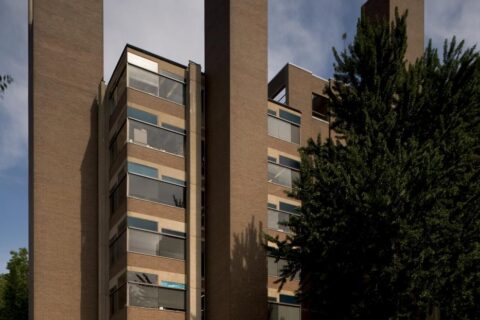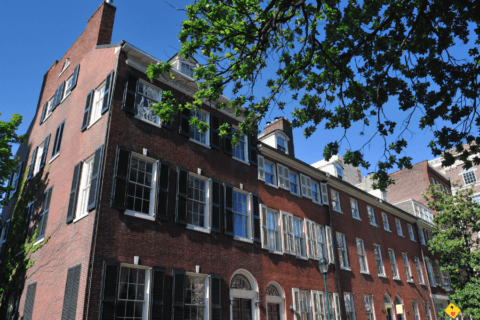A Landlord’s Guide to Pricing Properties
Setting the price for your rental properties is crucial to attracting tenants and minimizing vacancies. At PhillyLiving Management Group, we’ve worked with hundreds of landlords, advising them on how to price their rental properties effectively. Whether you are a seasoned landlord or just starting out, we’ll explore some key strategies to help you navigate the market.
In this article, we’ll highlight three main topics we can help local Philadelphia property owners with when pricing their properties.
- Market Research
- Calculating Operating Costs
- Seasonal Variations
Market Research
According to Apartments.com, in a survey of experienced landlords, 80% used rent comparables to help them determine an accurate rental price for their property. The foundation of setting the right rental price begins with thorough research about other comparable rental properties, including what is currently on the market and what has already been rented in the last 180 days. At PhillyLiving Management Group, we have access to this data and use it to guide landlords on their pricing. When comparing properties, it’s important to look at neighborhood, size, amenities, and condition factors. For example, consider a landlord who owns a two-bedroom apartment in Fishtown with a roof deck and modern finishes. To set an appropriate rental price, you would start by looking at other two-bedroom apartments that are currently listed for rent or have been rented in the last six months and have similar features.
Calculate Operating Expenses
Before determining the rental price, it is important to consider your property’s operating expenses to ensure you are making a return on your investment. Factor in costs such as property taxes, insurance, maintenance, utilities, and any HOA fees. Subtract these expenses from your expected rental income to determine your potential profit margin. Using the Fishtown apartment again as an example, let’s assume your monthly operating expenses total $600. If you set the rent at $2,100 per month, you’ll have $1,500 to cover any additional costs and contribute to your profit margin.

Seasonal Variations
Rental prices can vary in some neighborhoods based on the time of the year. Typically, rental demand is higher in the summer months than in the winter months. For example, an apartment listed in January may be 5-10% less expensive than the same unit listed in July, the peak of the rental season. PhillyLiving Management Group suggests adjusting your pricing strategy to align with seasonal trends.
If you are uncertain about setting the right rental price for your property, consider seeking advice from licensed real estate professionals, such as the agents at PhillyLiving Management Group. They can provide you with valuable insights to guide your pricing and ensure you are generating a profit on your investments.
About the Author
About the Author:
Jamie has been a licensed Pennsylvania agent since 2007. After advancing into rentals and sales with various brokers throughout the years, her experience landed her at PhillyLiving Management Group in 2019. The company’s impressive Philadelphia portfolio is overseen by Jamie exclusively. Leading a team of high volume producers, tenant and owner relationships, along with listing management, are amongst her strong suits.




